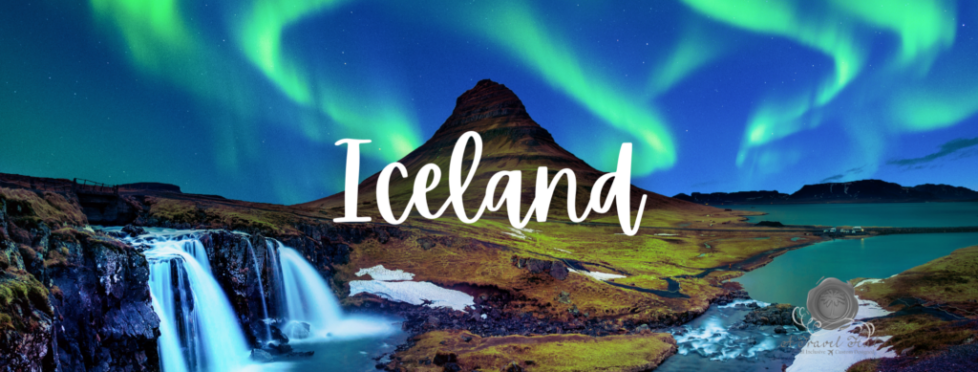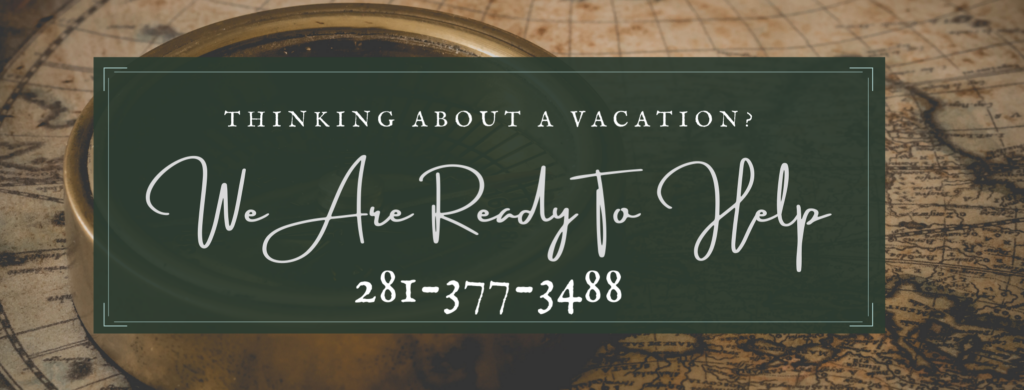
Iceland, a Nordic island nation, is defined by its dramatic landscape with volcanoes, geysers, hot springs and lava fields. Massive glaciers are protected in Vatnajökull and Snæfellsjökull national parks. Most of the population lives in the capital, Reykjavik, which runs on geothermal power and is home to the National and Saga museums, tracing Iceland’s Viking history.

BRIEF HISTORY –
Iceland was the last European country to be settled, mostly by Norsemen in the 9th and 10th centuries. They came mainly from Norway and elsewhere in Scandinavia, and from the Norse settlements in the British Isles, from where a Celtic element was also introduced.
The language and culture of Iceland were predominantly Scandinavian from the outset, but there are traces of Celtic influence in some of the ancient poetry, in some personal names and in the appearance of present-day Icelanders.
In the beginning
The first permanent settler of Iceland was Ingolfur Arnarson, a Norwegian Viking who around 874 AD made his home where Reykjavik now stands. In 930 AD the Viking settlers of Iceland founded the world’s first parliament, known as the Althing. They established a constitution based on individual freedom and land ownership, with local chieftains gathering annually to elect leaders at Thingvellir, a natural amphitheater formed out of lava.
Erik the Red and Leif the Lucky
It was a Viking era filled with optimism, even for Erik the Red, who arrived in Iceland after being banished from Norway for committing murder. Unfortunately Erik the Red committed murder again in Iceland and was to be banished from there as well, so he gathered a fleet of 25 Viking longships and led a colonial expedition west to Greenland.
Before he left Iceland, Erik fathered the most famous Icelandic Viking, Leif Eiriksson who was also known as ‘Leif the Lucky.’ In the year 1000, Leif Eiriksson sailed even further west than his father, becoming the first European to reach North America, which he called Vinland.
Christianity and foreign rule
Also in the year 1000, Iceland adopted Christianity, followed by a prosperous period as described in the classic Icelandic Sagas. In 1262 Norwegian King Haakon asserted control over the island by instituting devastating taxes and trade embargos that were upheld when Iceland was taken over by Danish rule under a Scandinavian union.
From centuries of hardship to independence
For over six centuries Iceland was plagued by abysmal poverty, disease, starvation and natural disasters that nearly extinguished the small country. After so many centuries of hard times, an independence movement began in the early 19th century and reached full force under the outspoken leadership of a nationalist named Jon Sigurdsson. His efforts helped end the trade monopoly in 1854, and domestic autonomy was established in 1874, followed by home rule in 1904 and limited sovereignty in 1918. Ties to the Danish crown were fully broken in 1944 and today Icelandic Independence Day is celebrated on June 17, the birth date of Jon Sigurdsson.

EXPLORING ICELAND
Explore Iceland with Nordic Visitor for an unforgettable trip where you will see stunning views and make great memories. Here are some of Iceland’s top highlights…
- See the natural beauty of Iceland’s famous Golden Circle, with its lava fields, Gullfoss waterfall and more
- Travel to the magical Jökulsárlón glacier lagoon and see the largest icecap in Europe, Vatnajökull
- Walk along the glistening Diamond Beach and admire the scattered “gems” of ice
- Taste Icelandic cuisine with fresh, locally sourced ingredients and try some traditional surprises in Reykjavík
- Experience an optional whale watching tour from the charming fishing village of Húsavík
- Voyage to the Westfjords and see the Rauðisandur “red sand” beach and Dynjandi waterfall
- Take a 4×4 out to the Icelandic Highlands and go hiking in the rugged Þórsmörk Valley
- Treat yourself and customize your tour with a trip to the renowned Blue Lagoon with its mineral-rich waters

Call for an amazing vacation 281-377-3488
